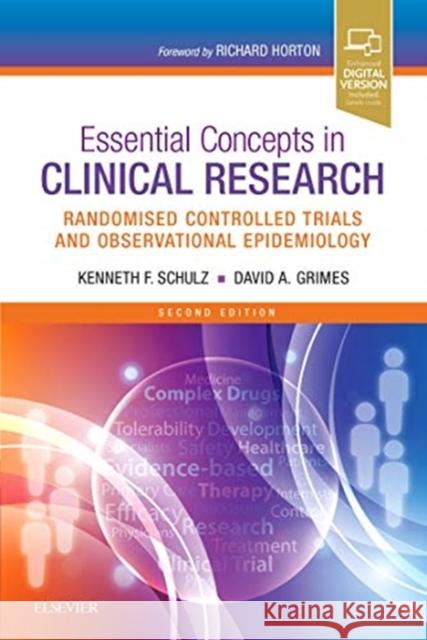Essential Concepts in Clinical Research: Randomised Controlled Trials and Observational Epidemiology » książka
topmenu
Essential Concepts in Clinical Research: Randomised Controlled Trials and Observational Epidemiology
ISBN-13: 9780702073946 / Angielski / Miękka / 2018 / 272 str.
Essential Concepts in Clinical Research: Randomised Controlled Trials and Observational Epidemiology
ISBN-13: 9780702073946 / Angielski / Miękka / 2018 / 272 str.
cena 178,95
(netto: 170,43 VAT: 5%)
Najniższa cena z 30 dni: 178,58
(netto: 170,43 VAT: 5%)
Najniższa cena z 30 dni: 178,58
Termin realizacji zamówienia:
ok. 30 dni roboczych
Bez gwarancji dostawy przed świętami
ok. 30 dni roboczych
Bez gwarancji dostawy przed świętami
Darmowa dostawa!
Kategorie:
Kategorie BISAC:
Wydawca:
Elsevier
Język:
Angielski
ISBN-13:
9780702073946
Rok wydania:
2018
Dostępne języki:
Ilość stron:
272
Waga:
0.36 kg
Wymiary:
22.86 x 15.24 x 1.02
Oprawa:
Miękka
Dodatkowe informacje:
Bibliografia
Wydanie ilustrowane
Wydanie ilustrowane











